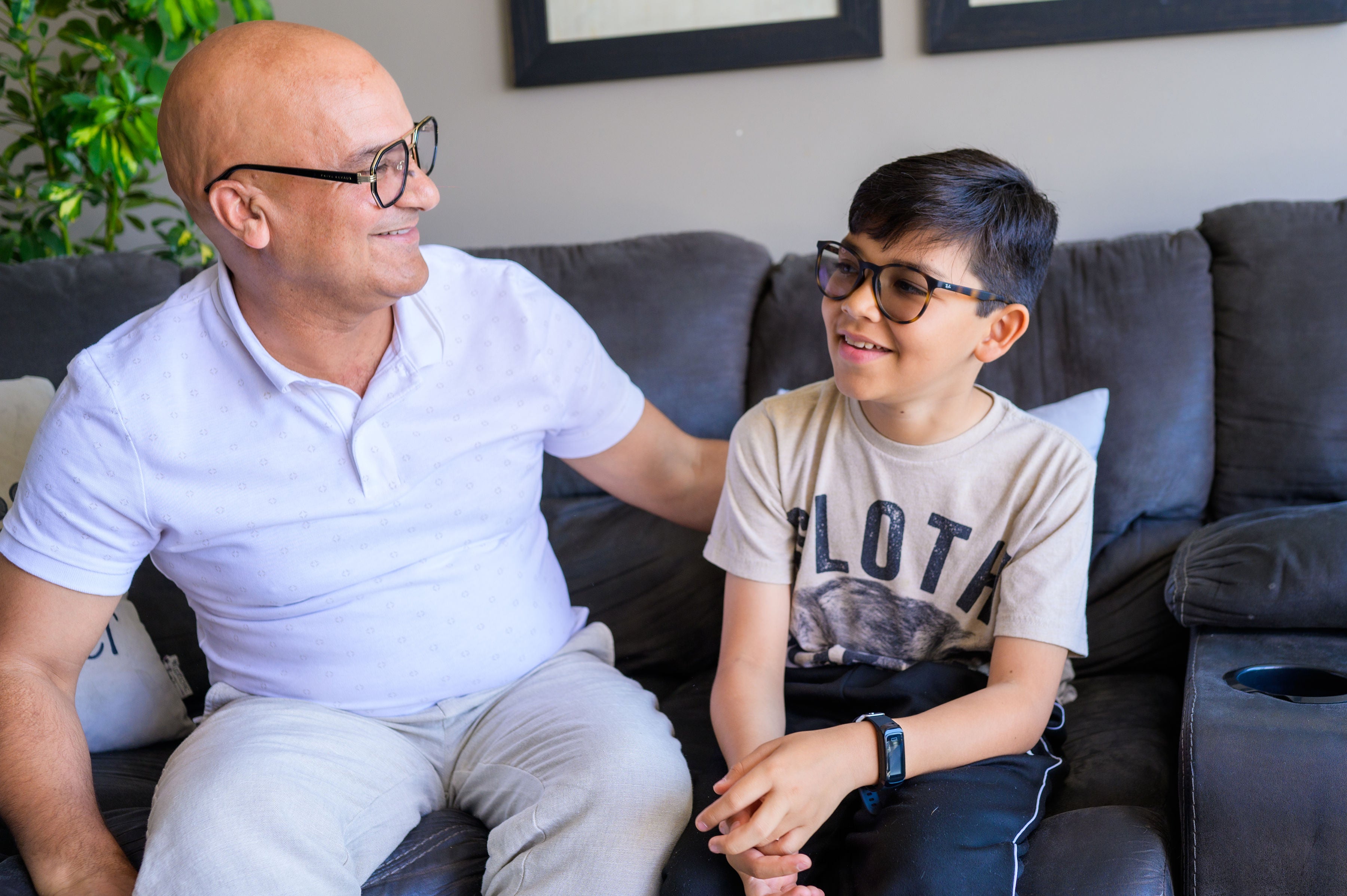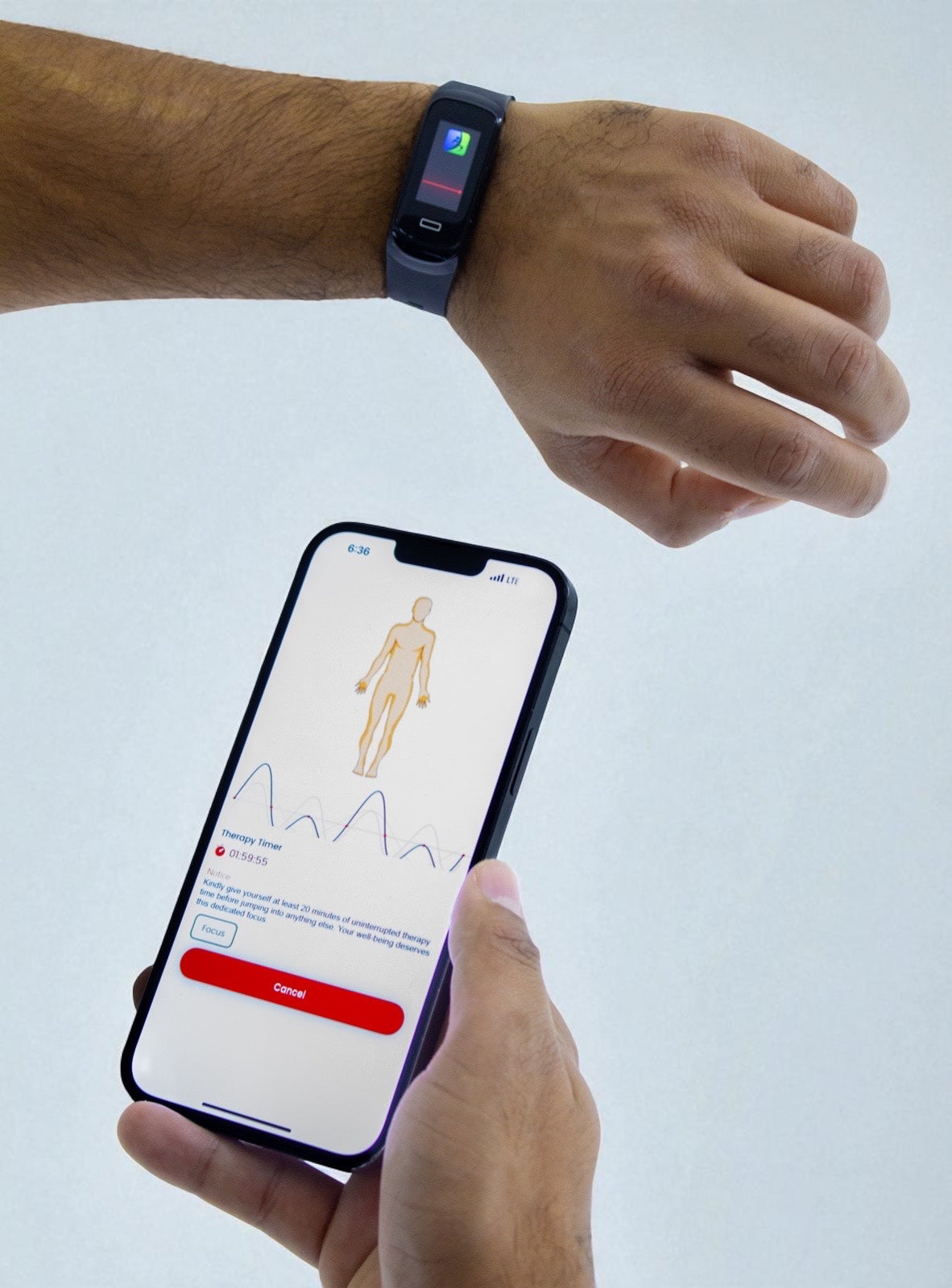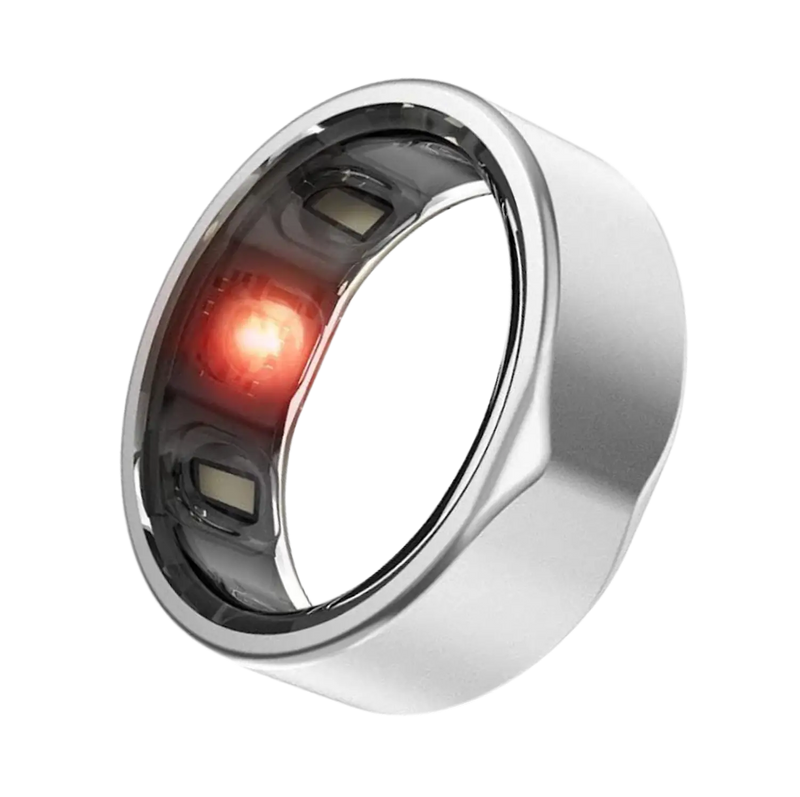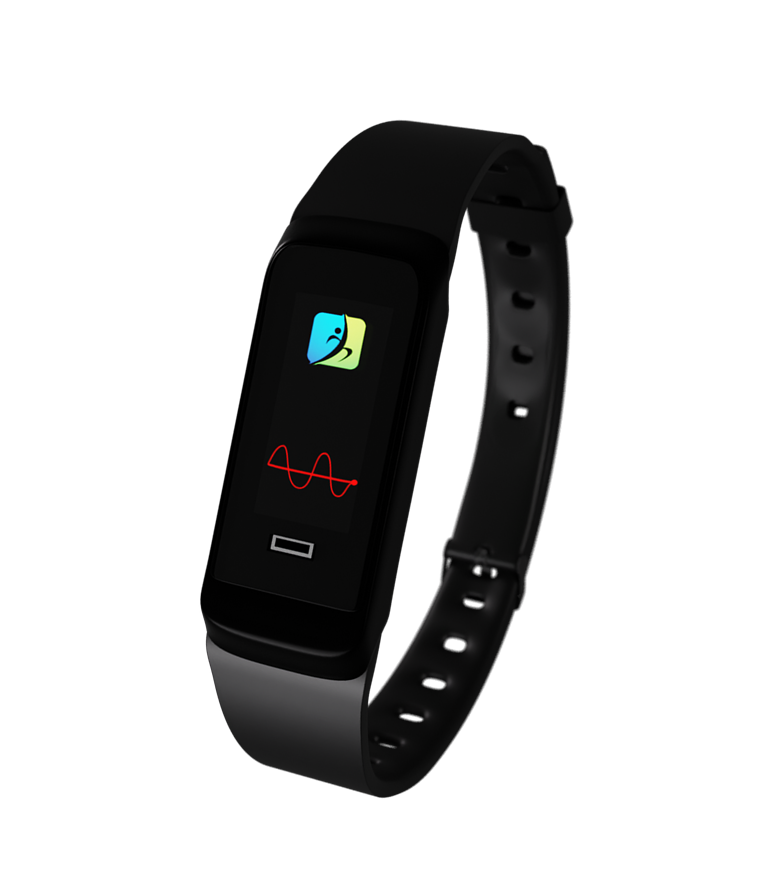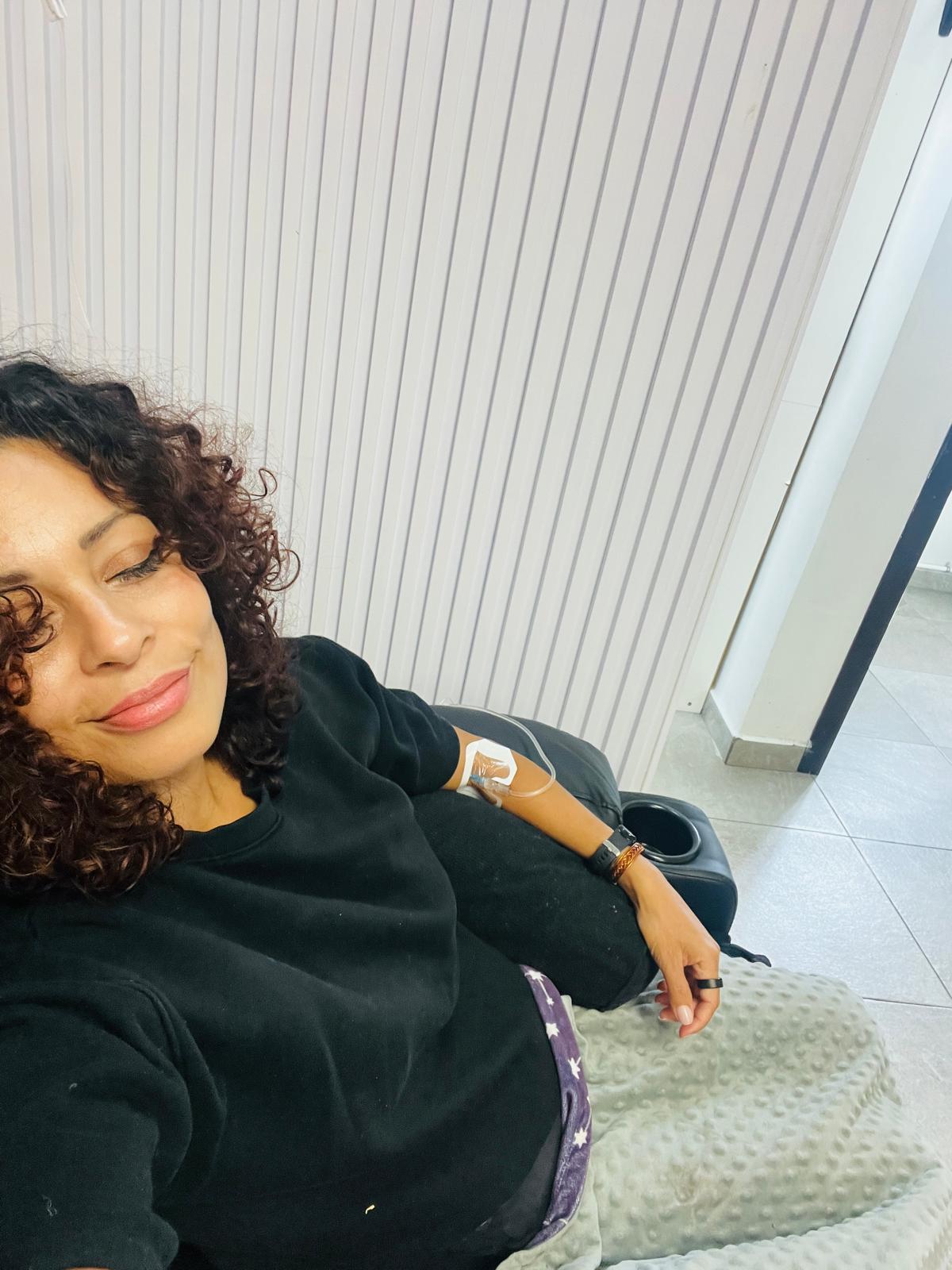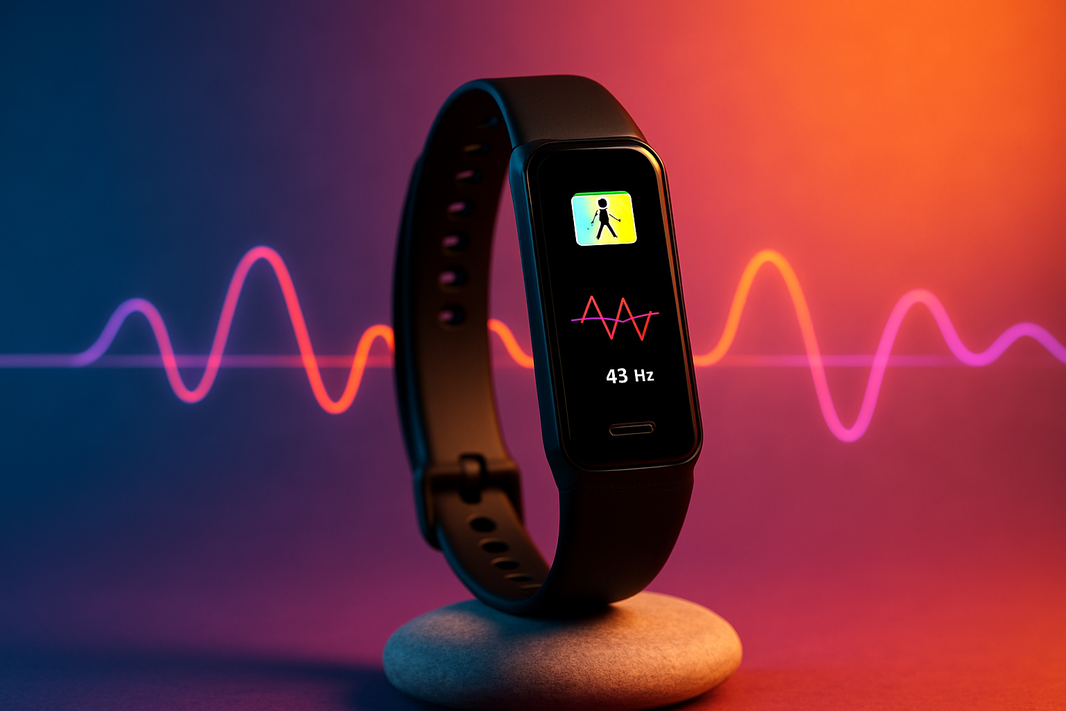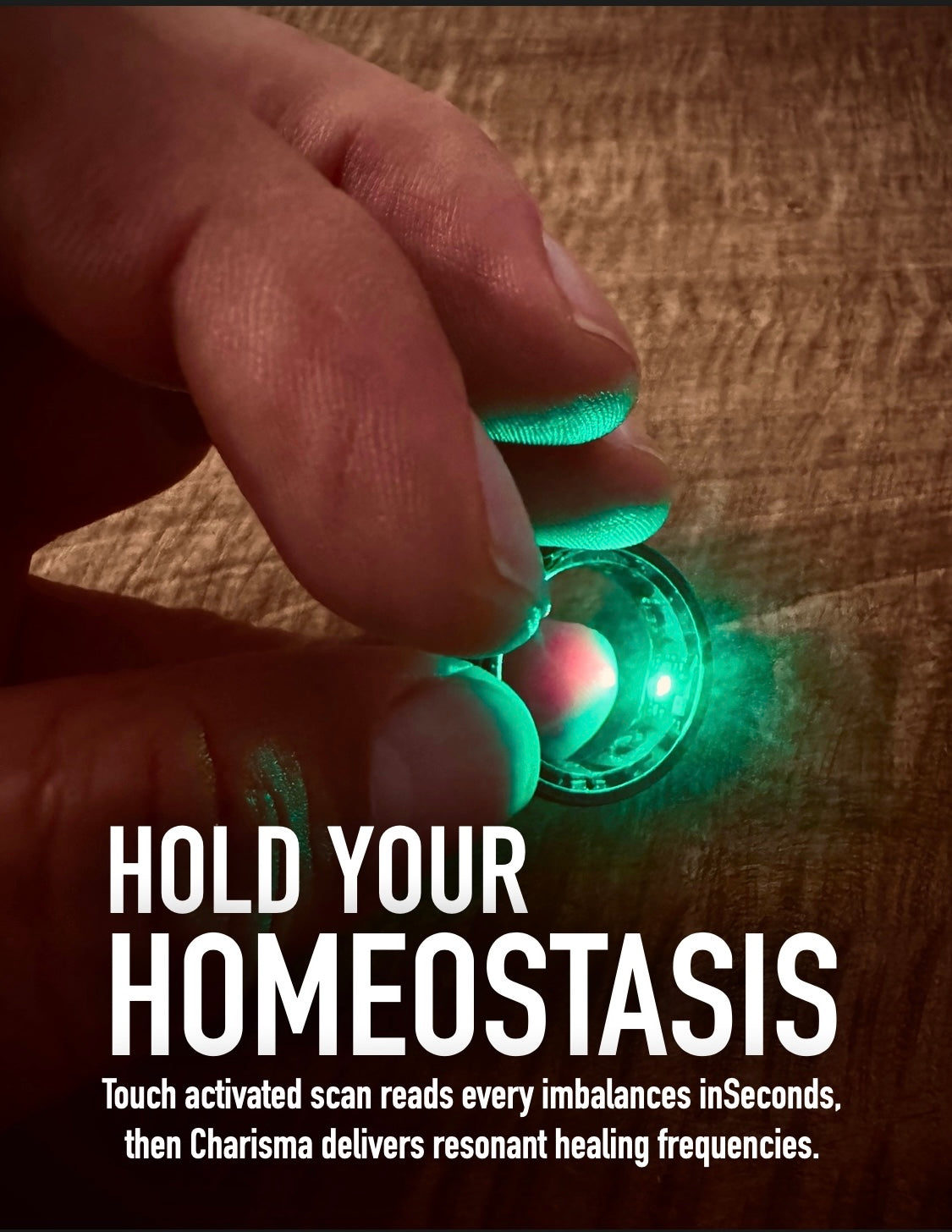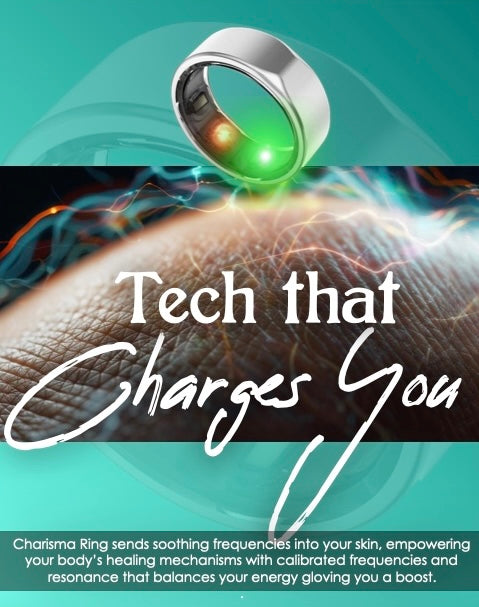
Live Life at Your Best
Enjoy life at your best, feel the health you’ve always wanted, and savor every moment at 100%.
Know More

Ageless Living
Don’t let age define you, let health define your age. With our innovative wellness devices, you can feel youthful, vibrant, and energized at every stage of life.
Shop Now

Live in the Moment
Be fully present, enjoy every moment of life with positive thoughts, clear energy, and sharp focus. Our devices help you align your body and mind so you can embrace life at its fullest.
Shop Now

Smart Wellness at Your Fingertips
Stay connected to your health in real time. Our devices sync seamlessly with your app, giving you instant insights, guided therapies, and the confidence to make every moment a healthier one.
Shop Now



